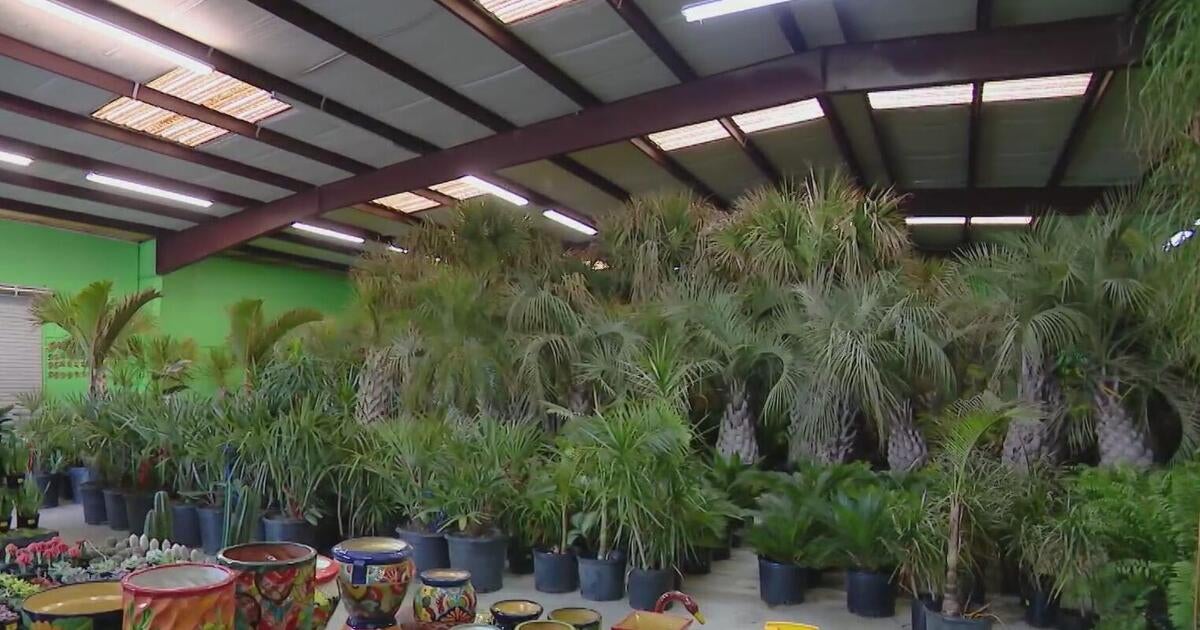Battling the Freeze: North Texas Business Goes to Extreme Lengths to Rescue Precious Palm Trees

In a unique urban sanctuary, an unassuming warehouse in East Dallas has become an unexpected refuge for over 300 palm trees weathering the season's unexpected cold snap. These tropical transplants, typically associated with warm, sunny landscapes, are now finding shelter from the chilly temperatures within the protective walls of this industrial space.
The warehouse serves as a temporary haven, shielding these delicate trees from the harsh winter conditions that could potentially damage their sensitive foliage. Each palm, carefully stored and monitored, represents a resilient piece of greenery waiting to be replanted and thrive once the cold spell passes.
This makeshift botanical shelter highlights the care and creativity local landscapers and plant enthusiasts employ to protect their green investments during unpredictable weather patterns. It's a testament to the dedication required to maintain exotic plant life in a climate that can be less than hospitable.

